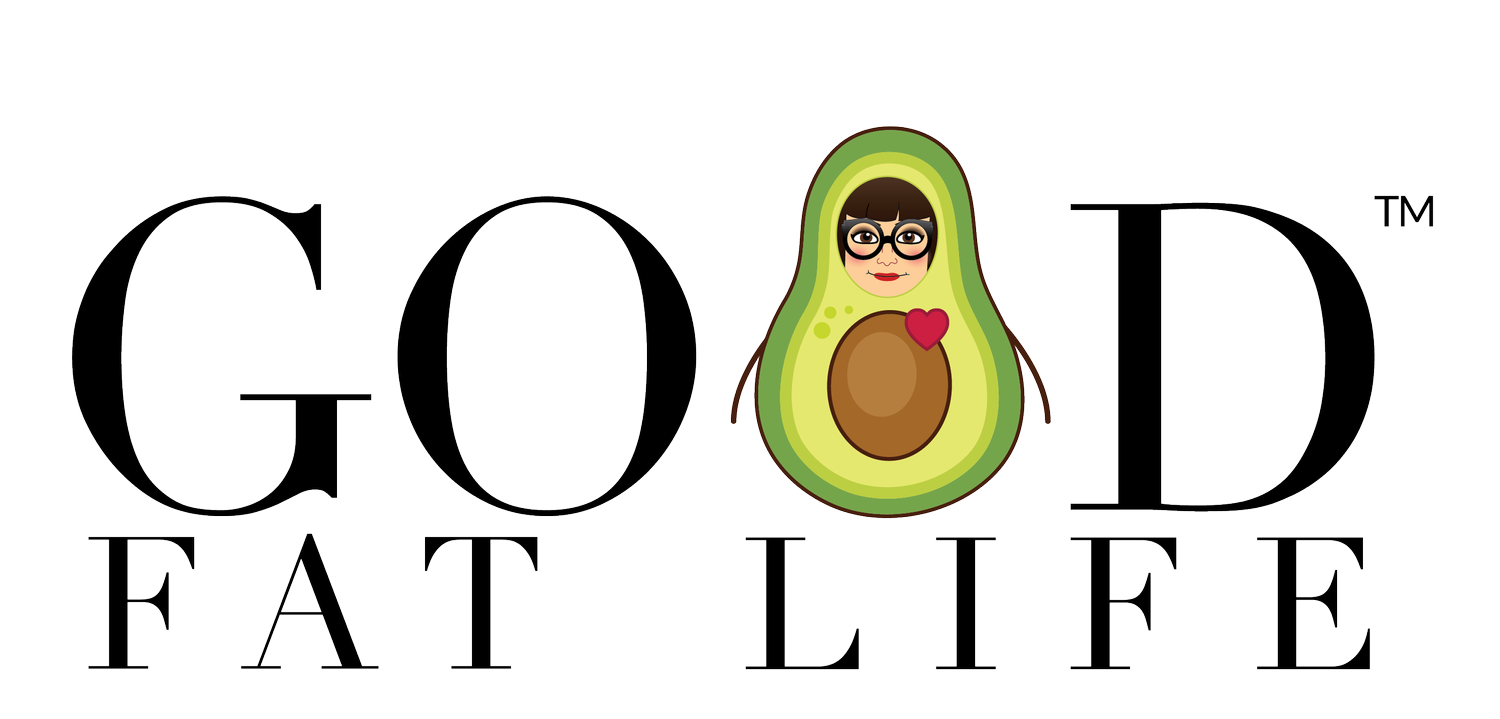Mindfulness
By: Mary Pearsal
There was a time not so long ago when this title word was unknown to most of us. It wasn’t a word tossed around in my childhood. It’s not a word that is a part of our American heritage. In fact, the word mindfulness never even appeared in our dictionary until 1941. When this Eastern concept began to trickle into the Western world, bringing with it the hope of a higher, more peaceful way of relating to ourselves and each other.
Mindfulness, according to the dictionary of Oxford Languages, is:
The quality or state of being conscious or aware of something.
A mental state achieved by focusing one’s awareness on the present moment, while calmly acknowledging and accepting one’s feelings, thoughts, and bodily sensations, used as a therapeutic technique.
The reason mindfulness is a mainstream word now is in large part due to the extraordinary life of a Vietnamese monk, Thich Nhat Hanh, who recently made his transition at the age of 95. When he was seven, after seeing the face of
the Buddha on the cover of a Buddhist magazine in a newsstand, he decided that he wanted to be like him: peaceful. The serenity he witnessed on the face of the Buddha was totally new to him. Nobody around him was like that, and he was determined to become peaceful and teach this peacefulness to his fellow countrymen. At 15, Thich took his first vows to become a monk, which started him on his journey of being one of the most influential monks of all time. As the result of his lifetime devotion to bringing peace to the world, he is known as the father of mindfulness which enriches us today.
Thich remained serious. He studied, meditated, practiced, and took on the strict, disciplined life of the monk to fulfill his promise of peace for himself and helping others. He would ultimately transform the practice of traditional, established buddhism into a more engaged version of itself. He developed a practice that would bring the peace he lived by, and peace activism, to people all over the world.
After coming to the U.S. in the sixties, he met with Martin Luther King, Jr. to envision a peaceful community so close to both their hearts. He was banned from returning to his home temple in Vietnam. Initially devastated by his inability to return home, he continued working towards his dream by developing new homes and new communities in the United States and Europe. Plum Village, near Bordeaux, in southwest France, is the largest international practice center of his tradition in the West. Every year, thousands of meditation practitioners from all over the world are welcomed at Plum Village. Here they experience the art of mindfulness in a communal setting. Today there are eight more monastic practice centers in the Plum Village tradition in Europe, the USA, and Asia, all founded by Thich Nhat Hanh himself.
When asked what it meant to be a monk, he said that it was to have enough time to practice transformation and healing for himself; then, after that, the transformation and healing of others. Thich wears his robe as a constant reminder to himself that he is a monk. His job is to heal and transform his own pain so that he can help transform the world.
Most of us don’t have the time to devote hours to meditation, slow walking, study, and being in the silence that sustains life in a monastery. Yet we do have our breath, and we can practice. Being mindful of and practicing breathwork and meditation are the keys to the peace and happiness we all seek in this chaotic world.
So, let’s start with the breath. Whether you have time to devote specifically each day, a couple minutes in the morning, or you simply become aware of the need during the day, the practice is simple. Breath. Observe each breath in your body. Amazingly simple. Amazingly powerful.
There are countless phrases you can use to accompany your breathing practice. Here’s my favorite: as I take a deep, slow breath in, I say to myself very slowly, “I am alive.” As I exhale slowly, I smile. Try it. Try it right now. Take a deep breath in. I AM ALIVE. Slowly, slowly exhale and smile. Repeat a few times. You will find that it brings you back to source and reminds you that you are alive and that you’re grateful to be alive with your smile. Use my phrase or develop your own. The main thing is to practice, whether at a devoted time or as needed when you’re waiting in a long line at a store. Take a deep, slow breath in, saying to yourself, “I am patient.” Exhale slowly, and say, “I am at peace.” Mindfulness is yours. Impatience melts away as we become aware of it. Breathe into the present moment and exhale with a smile.
As a note: Martin Luther King, Jr. nominated the young monk for the Nobel Peace Prize.
